By Matt Klampert
The best way to learn about a culture is often through its food, and a term you will often hear when talking about Japanese cuisine is “Hakkou Shokuhin,” meaning pickled or preserved foods. In fact, one reason in particular that may explain why Japanese people are so healthy and long-lived is their regular consumption of these fermented foods. In YUKIGUNI, where food needed to be preserved through long winters, this way of life was borne out of necessity, but turned out to have many benefits. Here are some local culinary highlights that are sure to be both educational, fun, and delicious!

Learn about our food culture at a “Secret Ski Area”
There are plenty of popular ski areas between Yuzawa in Niigata and Nozawa Onsen in Nagano, but there is also one special “Secret Area.” Sakae Club Ski is the only ski facility in the scenic village of Sakae, and is also the northernmost skiing area in all of Nagano. This is known as a “Gosetsu” area, where you can expect to receive over 2-3 meters of fine powder snow. As opposed to beginner slopes like Nakasato Ski Resort in Yuzawa, Sakae Club Ski is primarily geared toward intermediate and advanced skiers. However, they also have ski schools and events each month where children can ride the slopes for free! For those who want to get away from the crowds for a while, Sakae Club Ski is a place where you can relax and ski like the locals.
Aside from skiing and snowboarding, Sakae Club Ski also offer pole boards and snow scooters for rent. There are three different lifts here, and the highest one goes 937 meters up to the top of Mt. Kaitate. Sakae Club Ski is also known for its reasonable price, and have package deals with local ryokan and minshuku that are perfect for inexpensive overnight stays, so you can ski even more the following day!
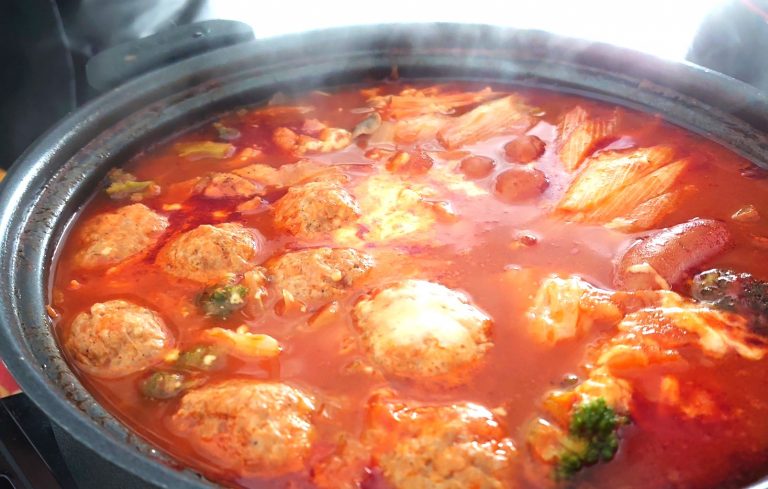
There is something else unique about this Secret Ski Area: Sakae Club Ski make pickled turnips called “nozawana,” which they serve for free at their spacious restaurant. These nozawana are pickled with salt and togarashi pepper, and make a tangy and crunchy snack that is a great complement to their other dishes, many of which feature famous Sakae tomatoes. Enjoy tomato tsukemen noodles, tomato juice curry, or, with a group reservation, you can have a private room and share some special tomato nabe stew that is sure to be perfect for a cold winter’s day! Sakae nozawana can also be purchased at the nearby “michi no eki” roadside station Shin-etsu Sakae.
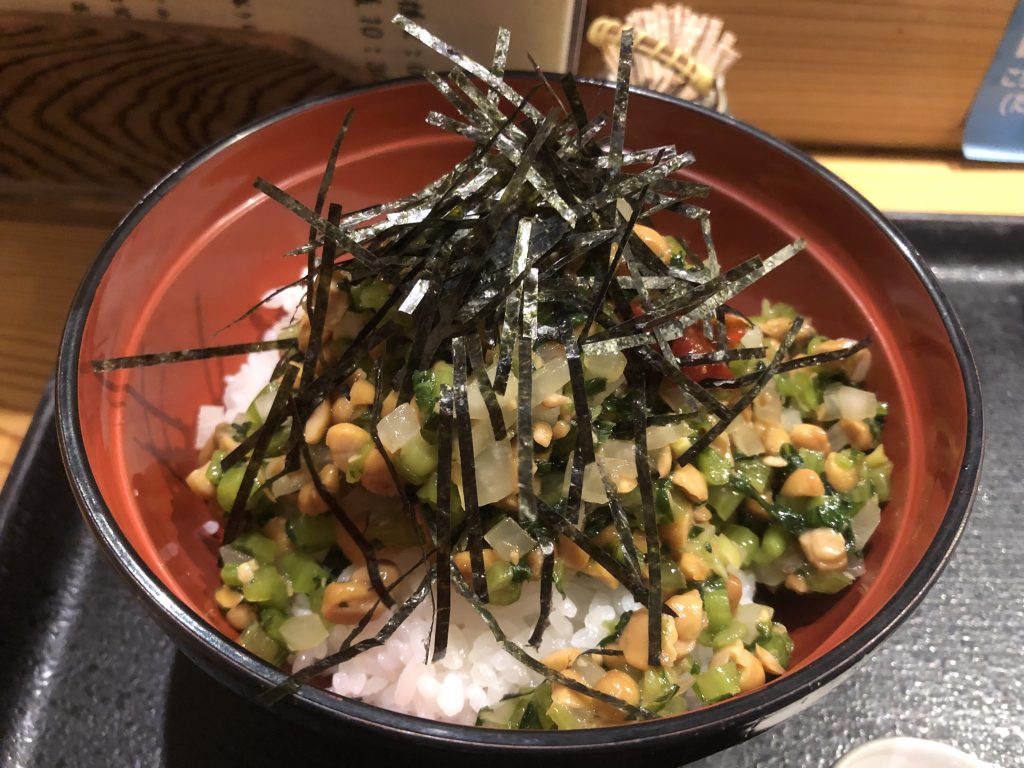
Teaching each new generation about their culture through a bowl of Kirizai
You will often see pickles like nozawana served on its own, but it can also be served in a local specialty rice bowl called “Kirizai,” meaning cut up vegetables. Kirizai-don is a rice bowl topped with natto, kagura nanban pepper, takuan radish, and of course, nozawana. This healthy kirizai-don is unique in that it is a meal made largely from pickled ingredients. For this reason, it is a typical home-cooked meal that people growing up in Snow Country often have fond memories of, and it is also served in local schools as school lunch. You can try a bowl of kirizai yourself at Kyou in Minamiuonuma, a local izakaya we wrote about HERE. In the past, when food could not be grown or foraged in winter, people would have to eat such preserved foods. Now, we just enjoy it for the flavor!
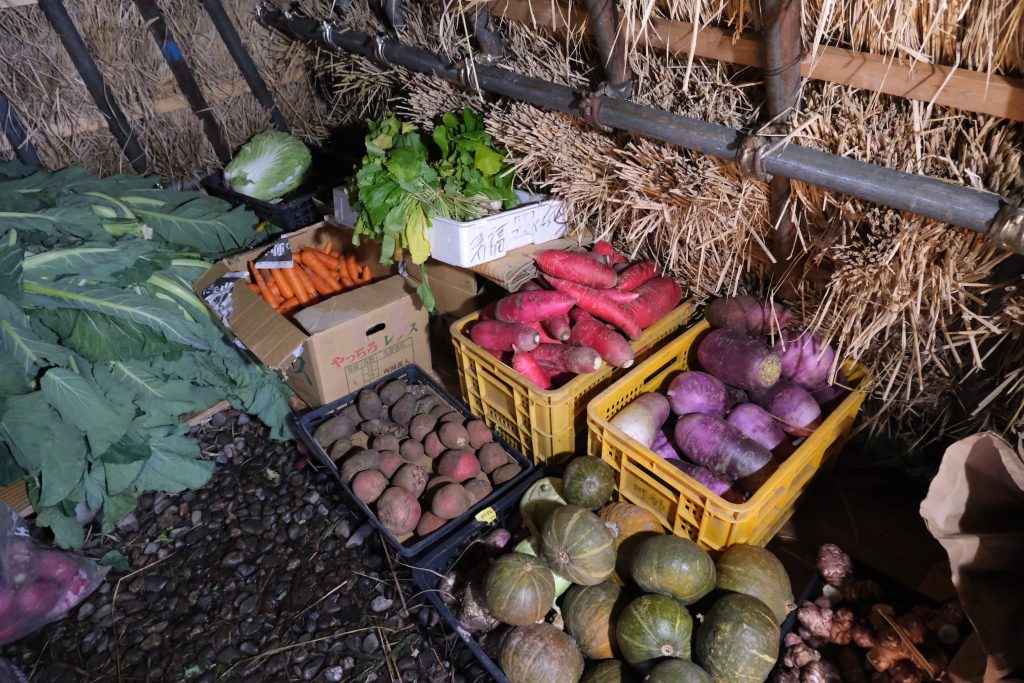
An eco-lodge with a special snow refrigerator
Though we now live in a time of convenience and relative plenty, certain traditional storage and preservation techniques have been retained for their environmental benefits. For example, a yukimuro uses stored snow instead of electricity. You can find such a yukimuro at the eco-lodge Satoyama Jujo. This is an upscale accommodation with a Michelin star-rated kitchen that takes a farm-to table approach- Satoyama Jujo raise much of their own vegetables, herbs and spices on the inn premises- or forage and source it locally- and pickle it themselves! They also observe other traditional preservation techniques such as hanging daikon radishes and persimmons to dry and preserve them. Satoyama Jujo promises healthy food without chemical additives. If you want to see a more modern take on traditional cuisine, you ought to pay them a visit!
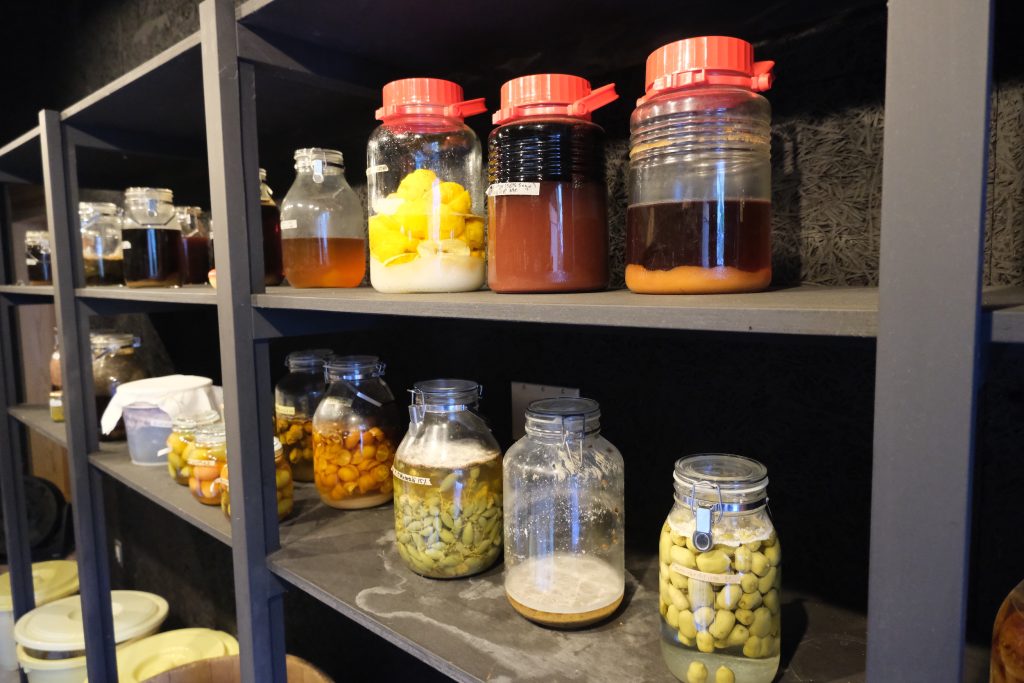
Other eco-lodges known for traditional food preparation methods include Syoubun in Minakami and Ryugon in Minamiuonuma. Ryugon’s menu includes a wide variety of proteins such as wagyu beef and sweetfish, but also local produce that has been stored in a yukimuro. Syoubun hand-make many of their pickles, such as sansai pickled in salt and served in their special winter nabe stew.
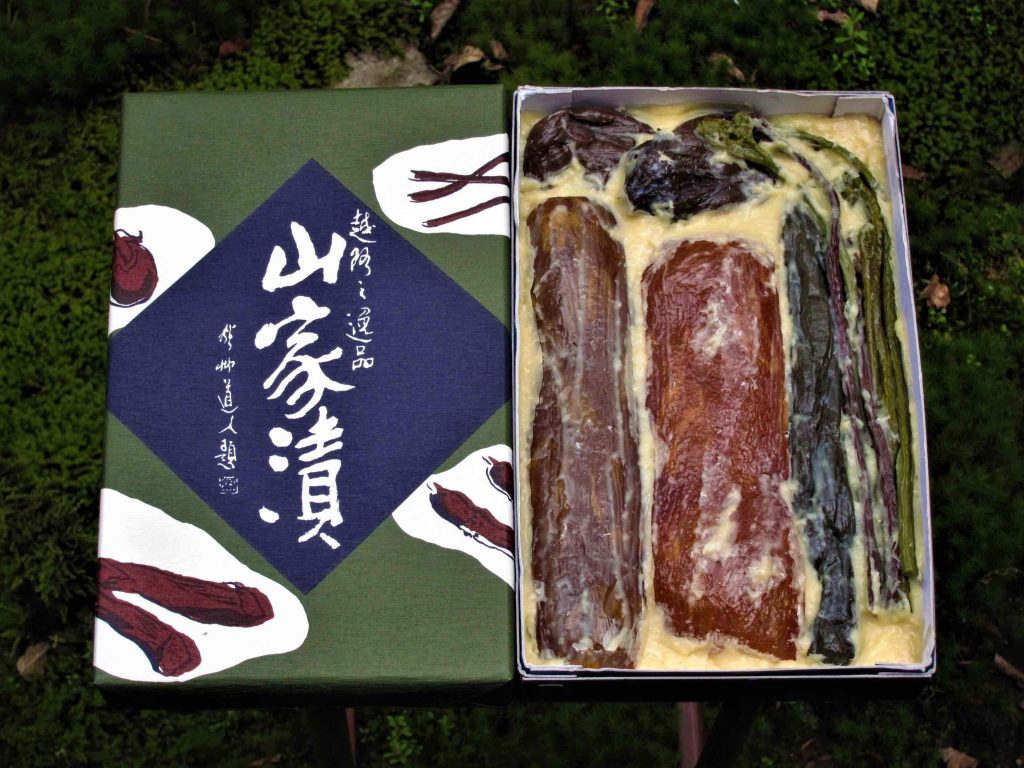
Imanari: A pickle shop with a long history
While you can see sake stored in a yukimuro at brewery Hakkaisan’s Uonuma no Sato, you can also make preserved foods using sake lees. Sake lees are the sediments (such as yeast) that remain after sake is produced. They start out white, but eventually turn brown, and look very similar to miso. Like miso, sake lees are very nutritious, and are sometimes used for making a variety of Japanese-style pickles.
The Imanari family, owners of the Imanari Pickle shop in Minamiuonuma, have been making tsukemono (Japanese-style pickles) for over 300 years from these sake lees (called sake kasu). Their pickles are served at local inns (like the aforementioned Ryugon), and have been grown by the same local farmers for generations. The vegetables are picked in spring or summer, and stored in giant wooden vats until winter. First, the vegetables are pickled in salt, and then sake lees and sugar for a more mature flavor. This difficult multi-step process creates sumptuous pickles known as “yamagatsuke.”

So what sort of Japanese foods get pickled? Unlike in the West, Japan pickles far more than just cucumbers: sansai like warabi (bracken) are pickled, as are eggplants and gourds. Even spaghetti squash, which was originally brought over from America, are now made into Japanese tsukemono. Imanari have also helped innovate Japanese pickles, and have won awards with recent creations such as cheese tsukemono and pickled monaka cakes!

Here in YUKIGUNI, we hope you can learn about and enjoy both traditional and modern examples of our delicious preserved cuisine. And since it is preserved, you can be sure it will be delicious whenever you arrive!
Information for Travelers
Sakae Club Ski
Address: 2903 Hokushin, Sakae Village, Shimominochi District, Nagano Prefecture 389-2702
Phone: 0269-87-3355 (Please call ahead to reserve a spot at the ski school)
Hours: Open 8:30 a.m. to 4:00 p.m. from mid-December to late March
Kyou
Address: 2252 Muikamachi, Minamiuonuma City, Niigata Prefecture 949- 6680 (Approximately 10-minute walk from Muikamachi station)
Phone: 025-773-6606
Hours: Open 11:30 a.m. to 2:00 p.m. for lunch, 5:00 p.m. to 10:00 p.m. for dinner
Satoyama Jujo
Address: 1209-6 Osawa, Minamiuonuma City, Niigata Prefecture 949-6361
Phone: 025-783-6777
Click HERE to make a reservation
Imanari Pickle Shop
Address: 1848 Muikamachi, Minamiuonuma City, Niigata Prefecture 949-6680
Phone: 025-772-2015
Hours: Open 10:00 a.m. to 6:00 p.m.


-1024x626-2.jpg)
